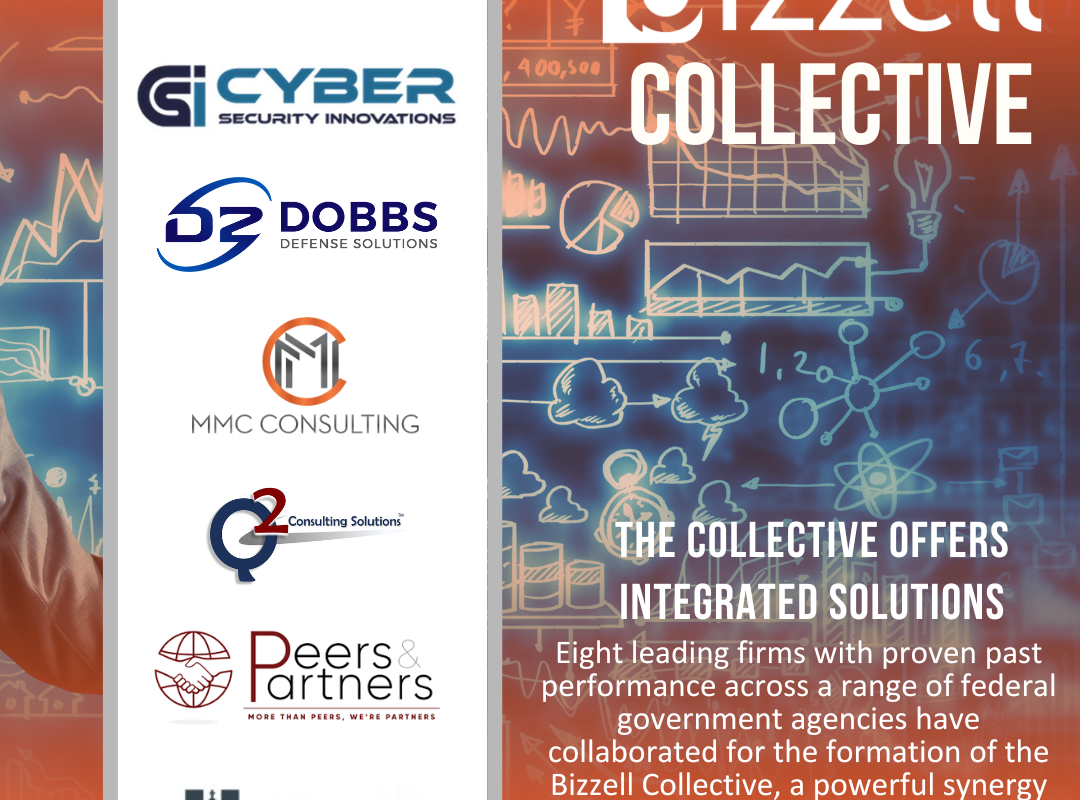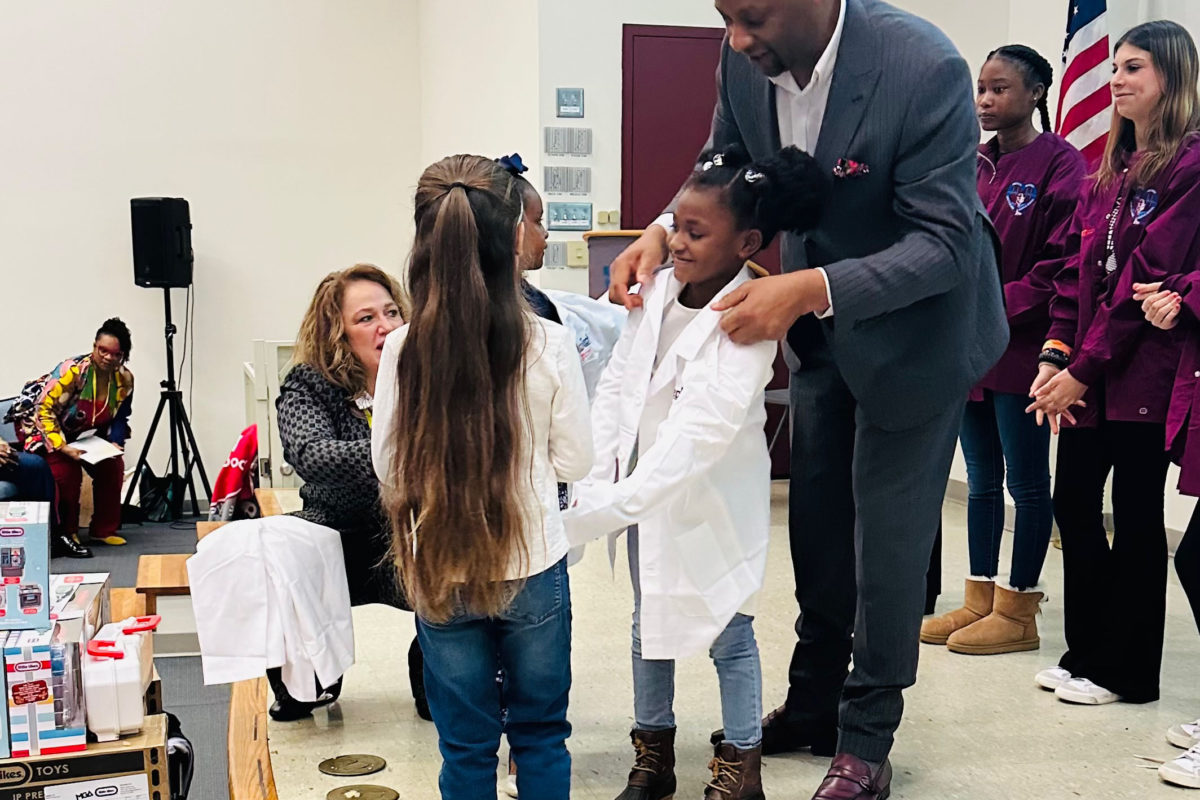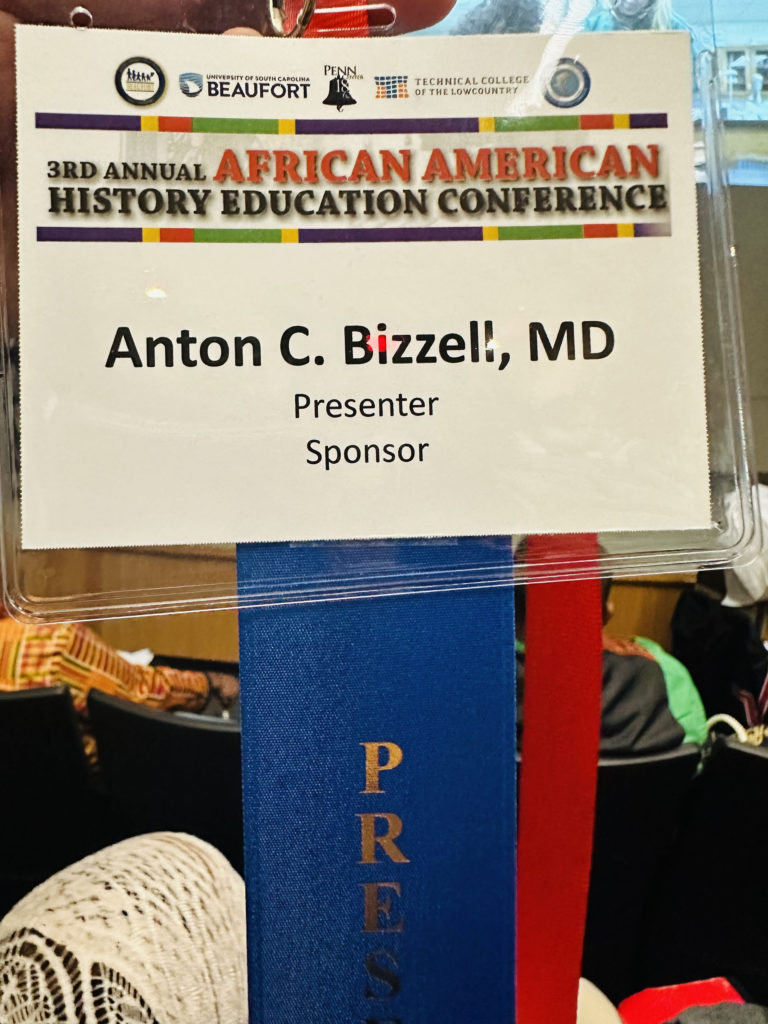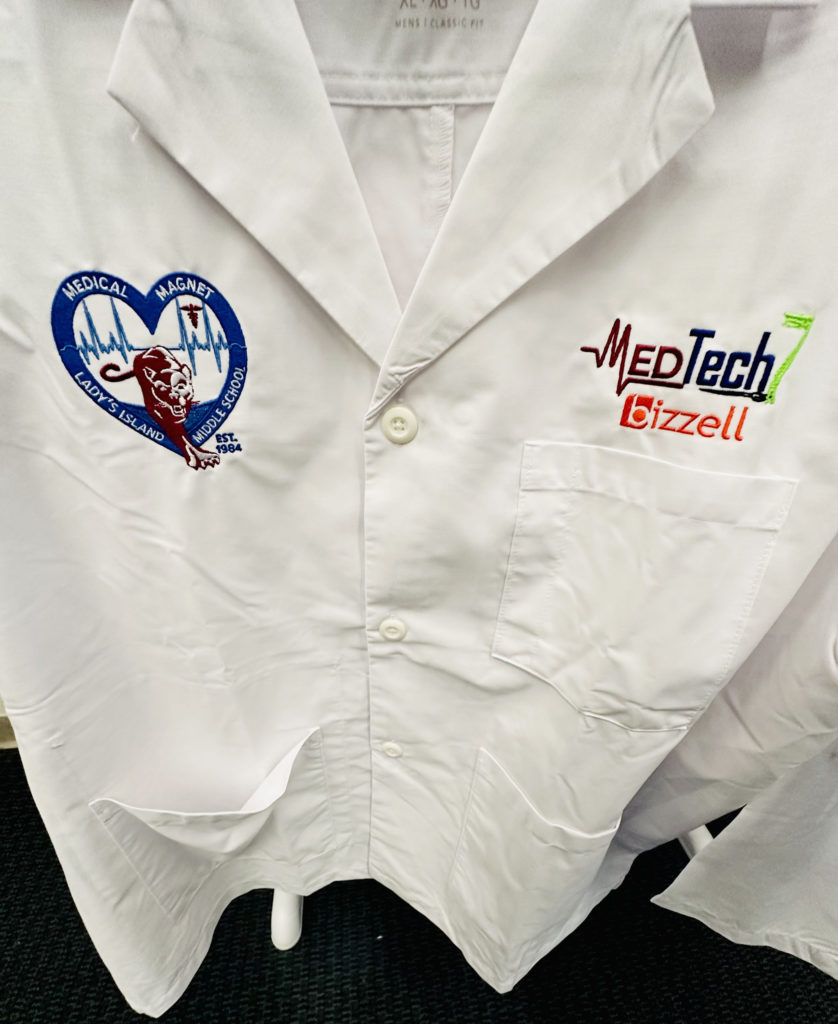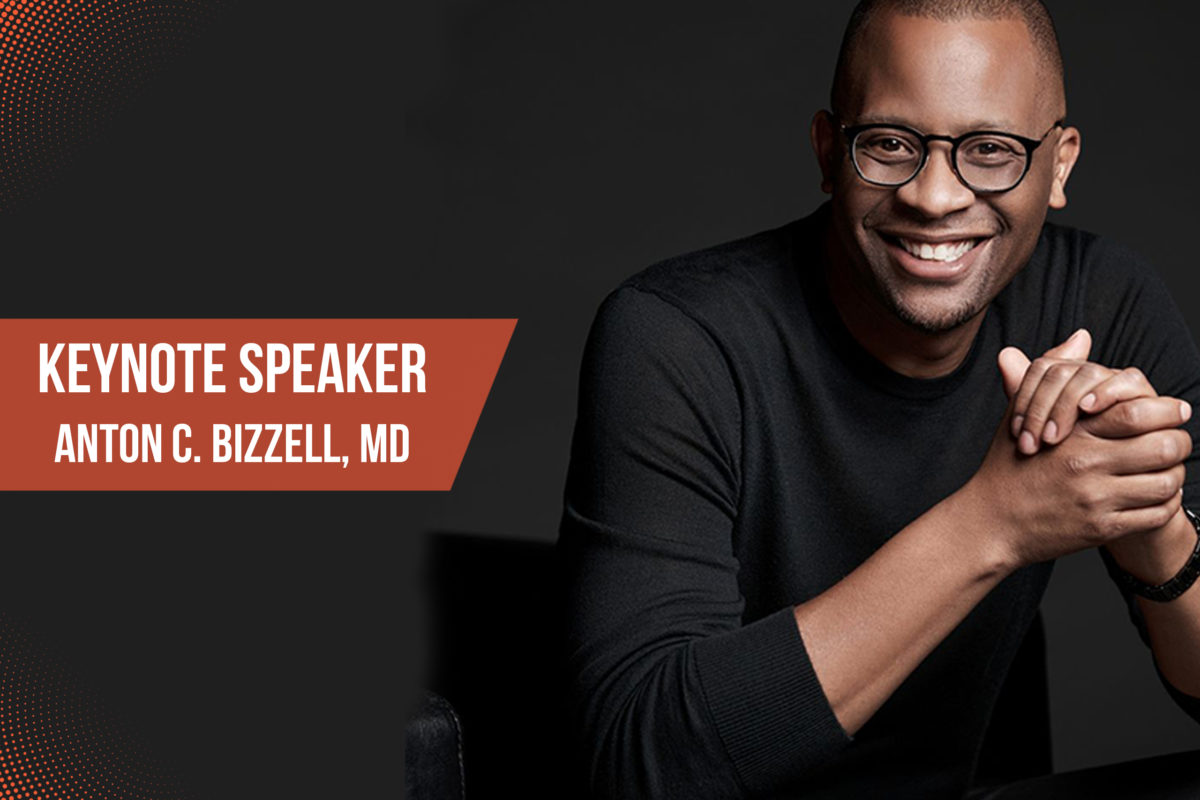The Bizzell Collective: Leading Firms Addressing Complex Challenges with Innovative Solutions
New Carrollton, Maryland, May 13, 2024 – Eight leading firms with proven past performance across a range of federal government agencies have collaborated for the formation of the Bizzell Collective, a powerful synergy designed to empower federal agencies in tackling complex challenges with integrated solutions.
The Bizzell Collective brings together the diverse expertise of:
- Bizzell US with significant expertise in public health program development, data analytics, program management and communication outreach with past performance supporting Health and Human Services agencies, Department of Labor, and U.S. Food and Drug Administration among dozens of other agencies.
- Blueprint Creative Group with expertise in strategic communications, outreach, public health equity, multimedia design and meetings and logistics with past performance supporting the U.S. Army Medical and Research and Development Command, Army National Guard, and the National Aeronautics and Space Administration among other agencies.
- Cyber Security Innovations has a strong track record in delivering cybersecurity solutions, achieving compliance, and obtaining Federal Risk and Authorization Management Program (FedRAMP) authorization for notable agencies including the United States Citizenship and Immigration Services (USCIS),Internal Revenue Service (IRS), National Oceanic and Atmospheric Administration(NOAA), and Nuclear Regulatory Commission (NRC).
- Dobbs Defense Solutions with a deep understanding of the Department of Defense’s and the intelligence community’s policies especially in areas related to cybersecurity service management and infrastructure cybersecurity, enterprise IT and business intelligence and past performance supporting the Department of Defense, U.S. Army, and the Department of Veterans Affairs, among others.
- MMC Consulting supporting agencies like the Federal Emergency Management Agency, U.S. Department of Agriculture, and the U.S. Agency for International Development with acquisition and program management, human capital solutions, and training.
- Peers & Partners with significant past performance supporting the Centers for Disease Control and Prevention, Administration for Children and Families, and the National Institutes of Health with public health research implementation, strategic communications, and program management.
- Q2 Consulting Solutions with past performance supporting agencies like the U.S. Department of Agriculture, the U.S. Agency for International Development, Department of Treasury and U.S .Air Force One with transformational services for the stand-up of PMOs, project controls, program evaluations and assessment, and dashboard visualization.
- WeAreTactiq with workforce efficiency through data analytics and innovative solutions. TactIQ pronounced Tactic is a premier management consulting firm specializing in tactical consulting and strategic workforce solutions.
“The power of teaming, as exemplified by the Bizzell Collective, lies in the seamless integration of diverse capabilities to deliver a sum greater than its parts,” shares Dr. Anton Bizzell, President and CEO of Bizzell US. “Each company brings a unique set of skills and experiences that, when united, create a formidable force capable of delivering strategic and scalable results.”
The Bizzell Collective covers the following socioeconomic certifications, including Small Business Association 8(a), Service-Disabled Veteran Owned Small Business (SDVOSB), Woman-Owned Small Business (WOSB), Economically Disadvantage Woman-Owned Small Business (EDWOSB), and HUBZONE certifications.
The Bizzell Collective provides a comprehensive suite of services including:
- Public Health Expertise: Addressing health literacy, behavior change, and stakeholder engagement in public health initiatives.
- Strategic Communications & Outreach: Crafting compelling messages and executing effective communication strategies across various channels.
- Program &Project Management: Leading projects from inception to completion with expertise in planning, execution, and evaluation.
- Data Analytics & IT Solutions: Leveraging data insights and robust IT solutions to drive informed decision-making.
- Cybersecurity& Compliance: Ensuring data security and project compliance with the latest government regulations.
Benefits for Contracting Officers:
- Reduced Risk: Mitigate project execution risk through the collective’s collaborative approach and proven track record.
- Streamlined Procurement: Simplify the contracting process by working with a single entity for comprehensive solutions.
- Unparalleled Expertise: Access a wide range of specialized skills without the need to manage multiple vendors.
- Improved Efficiency: Ensure seamless project execution with clear communication and unified management.
The Bizzell Collective positions itself as a trusted partner for federal agencies seeking innovative solutions to navigate complex challenges. To learn more about the collective and its capabilities, please contact Jovan Silva or Kwame Phillips at info@bizzellus.com.

